Understanding Substance Abuse in Military Veterans
Substance abuse, particularly alcohol and drugs, is alarmingly common in military veterans – with one in ten veterans diagnosed with a substance use disorder. There are a few key reasons why this happens:
- The stress and trauma faced in service can result in PTSD, which then heightens the risk of substance abuse.
- Readjusting to civilian life comes with its own set of trials like unemployment, strained relationships, and financial pressure, pushing some veterans to use substances as a means to manage their stress.
It’s also noteworthy that the stigmatizing nature of ‘zero-tolerance’ policies in the military can discourage people who are dealing with addiction from reaching out for the help they need.
Common Substance Abuse Issues Among Veterans
1. Alcohol abuse
Alcohol abuse, the most common problem among veterans, is excessive drinking that leads to physical or emotional harm. Often, it’s a way to self-medicate against stress or PTSD.
- Identify if you or someone you know is drinking excessively. Signs range from neglecting responsibilities to increased agitation.
- Reach out for help. Many veterans fear judgement but overcoming alcohol abuse requires support.
- Offer transportation or financial aid. Some veterans struggle with access to treatment due to lack of resources.
- Understand that heavy drinking within military culture contributes to prevalence of alcohol use disorders. Change starts with awareness.

2. Drug abuse
Drug abuse among military veterans is a significant issue that you should be aware of. Veterans are twice as likely to get addicted to alcohol or drugs, with opioids being a major problem. Consider this – many veterans are introduced to these addictive narcotics through pain prescriptions following injuries. The stresses of readjusting to civilian life, PTSD from combat exposure, and chronic pain all contribute to this issue. Additionally, despite stringent policies, alcohol disorder remains another prevalent substance abuse in the military community.
3. Prescription drug abuse
Prescription drug abuse, occurring when medication is taken in a way not prescribed by a doctor, is rampant among US veterans. Such abuse often involves addictive drugs like opioids, often prescribed for combat-related injuries. You might wonder, why’s this common among veterans?
- Many are treated for injuries with narcotic medications, leading to dependency and addiction.
- As veterans adjust to civilian life, chronic pain and stress increase susceptibility to substance misuse.
- Data shows that 2.9% of veterans, almost 595,000, misuse opioids, with overdoses increasing from 14% in 2010 to 21% in 2016.
- Also, about 531,000 veterans misuse pain relievers, offering an insight into the scale of the problem.
6. Trauma and PTSD
PTSD, or Post-Traumatic Stress Disorder, develops after exposure to stressful or traumatic events. As a veteran, you might be more familiar with this condition than most, especially given its frequent link with substance abuse. For example, you or a fellow service member might have turned to alcohol or drugs to cope with the debilitating symptoms of PTSD, such as anxiety and flashbacks.
This link between PTSD and substance abuse is particularly prevalent among veterans. Why? Traumatic experiences in military service more often lead to PTSD. Further, numbing the distress of PTSD through substances might seem like the easiest solution temporarily. Please remember, there’s help and treatments available to overcome these challenges.
Treatment Modalities for Substance Abuse in Veterans
1. Prescription Drugs
Prescription drugs play a crucial role in aiding veterans combat substance abuse issues born out of physical injuries and emotional trauma from their service. As a double-edged sword, these medications can help manage addiction while also risking dependency due to their addictive nature.
- Accessibility: Prescription drugs are easily accessible and help manage both physical pain and mental health issues effectively.
- Dependence risk: These drugs carry a risk of triggering substance abuse issues if not managed cautiously.
Top 5 Pros:
- Effective pain management
- Accessible and affordable treatment
- Reduced anxiety and depression
- Potential for supervised use
- Wide range of options for different ailments
Top 5 Cons:
- Risks of prescription drug abuse
- Potential for developing tolerance
- Physical side effects
- May require long-term use
- Addiction transition risk – shifting addiction from illicit substances to prescription drugs.
2. Addiction Recovery Programs
Recovery programs serve as an alternative treatment approach for substance abuse among veterans. Here’s why:
- Tailored support and therapy for each individual veteran
- Focus on rediscovery of purpose and reconnecting with loved ones
- In-depth understanding of addiction, mental health, nutrition, and effective coping skills
- Offers a variety of therapy sessions in a comfortable, home-like environment
- Committed duration of time focused solely on recovery.
Now, let’s outline the pros and cons:
- **Pro**: designed on understanding the specific needs of veterans
- **Pro**: equips veterans with coping mechanisms
- **Pro**: intensively inclusive with therapy being an essential part
- **Con**: Requires a significant time commitment for in-patient program
- **Con**: Recovery can be a long process and may take multiple attempts
These addiction treatment programs help veterans tread the pathway to resilience and recovery.
3. Self-Help Groups
Self-help groups are a vital treatment modality for substance abuse in veterans. Here’s how they function:
- First, these groups have up to 12 attendees with one or two therapists. The group follows various therapeutic approaches, such as motivational interviewing, stages-of-change interventions, or psychoeducation.
- Second, they provide a sense of community, belonging, and mutual support. Sharing experiences and learning positive coping skills empowers you to move forward.
- Third, specialists facilitate these groups who understand veterans’ unique challenges.
- Lastly, our program includes exposure to philosophies from 12-step programs such as AA, NA, and NCR community meetings.
The benefits are manifold; you’re not alone in your recovery journey and help is always at hand.
How to Implement these Treatment Modalities
Step 1: Identify the Needs of the Veteran
- Begin by understanding the unique challenges faced by military veterans, such as PTSD, reintegration stresses, and other mental disorders.
- Engage in open communication with the veteran, allowing them to express their feelings. This step is vital to accurately identify their needs.
- Liaise with an MFS officer to collect specific information about the veteran’s situation. The officer will provide guidance throughout the process.
- Conduct a full substance abuse and psychiatric evaluation. This phase should include education on addiction, mental health, and coping skills.
- Utilize self-help and educational apps for further support post-trauma.
- Ensure to provide constant support and guidance throughout the recovery process.
- Contact support groups facilitated by fellow veterans and community members for added assistance and understanding.
Step 2: Find a Treatment Provider
- Start by acknowledging your need for help. This desire for change is crucial in your recovery journey.
- Explore your treatment options: rehabilitation facilities, the Veterans Alcohol and Drug Dependence Rehabilitation Program, a primary care physician, a psychologist, a psychiatrist, or a therapist. Each has unique benefits.
- Reach out to a health professional, ideally in the VA medical center, and discuss these options. They can guide you to an appropriate program and even introduce you to specialists like a vocational rehabilitation specialist, a peer support specialist, a community-based rehabilitation specialist, and a social worker.
- Finally, if you’re uncertain about PTSD treatment or SUD, download and read the ‘Understanding PTSD and Substance Use Disorder’ flyer.
Step 3: Set up an Initial Substance Abuse Assessment Session
- Schedule a substance abuse and psychiatric evaluation. This initial step marks the beginning of your recovery journey.
- Explore available resources like Rehabilitation facilities, the Veterans Alcohol and Drug Dependence Rehabilitation Program, or consultation from primary care physicians, psychologists and therapists.
- Complete your personalized assessment honestly. Answer all the questions candidly and narrate your story.
- Engage in motivational interviewing, EMDR or Rational Emotive Behavior Therapy (REBT). This step will aid you in understanding your triggers and strengths for a successful recovery plan.
- Assemble your recovery team. Having a solid support system in place is crucial for your recovery journey.
Expert tip: You’re in control. This journey is yours to navigate, using resources that best suit your needs. Take the first step by scheduling your comprehensive assessment. You’ve got this!
Step 4: Begin the Process of Healing
- Start your self-healing journey by acknowledging the struggle and seeking assistance. You’re not alone in this.
- Begin with a detox step at an inpatient treatment program; it’s crucial in clearing your mind and body from substance effects.
- Expect the first three to five days after detox to be tough, but know it gets better.
- Engage in group therapy, individual therapy, and medication management to learn balance in work and life.
- Participate in fun activities like biking, hiking and snorkeling to enhance experiential-based learning.
- Consider trauma therapy to address underlying causes of addiction, and cognitive-behavioral therapy to alter negative behavior patterns.
- Use dialectical behavior therapy for emotional regulation and treating past trauma.
- Finally, incorporate family therapy for rebuilding relationships.
Step 5: Maintain Treatment Compliance
Maintaining treatment compliance is crucial in a veteran’s journey to recovery from substance abuse. Here’s a step-by-step guide to achieving this:
- **Ensure Attendance**: Stick to the schedule of 15+ individual, family, and group therapy sessions per week as per your residential treatment plan.
- **Cultivate Skills**: Continue your learning in trauma management, CBT/DBT/Schema therapy, fitness, and life skills.
- **Follow-ups**: Regularly attend your psychiatric follow-ups.
- **Plan Aftercare**: Work on an aftercare strategy to minimize the risk of relapse.
- **Commit to Sobriety**: Stay committed to your goal of living sober and independent within 120 days.
- **Stay Engaged**: Keep up with the alumni check-ins and take advantage of ongoing access to therapists.
- **Reward Progress**: Leverage contingency management to reward your abstinence, as it is proven to be highly efficacious.
- **Outpatient Support**: Participate in intensive outpatient programs to integrate treatments into your daily life.
- **Embrace Therapy**: Balance your time effectively among various therapies like group therapy, individual therapy, and cognitive-behavioral therapy to cope with your addiction.
- ** Experiential-based Activities**: Engage in experiential-based activities such as kayaking, biking, or hiking for a balanced and healthier lifestyle.
Remember, treatment compliance isn’t a destination but a journey. It may seem tough at first, but with each step, you’re becoming stronger and healthier. You’re not alone in this journey—you have round the clock support and guidance from professionals to aid you through each step. Keep going.
Step 6: Serve as a Resource for Family Members
- Encourage your veteran family member to reach out to an MFS liaison who will help identify the best treatment program and facilitate admission.
- Stay involved in the treatment process; participate in weekly calls and family engagements to provide insight.
- Explore and utilize resources like NAMI, SAMHSA National Helpline, Alcoholics Anonymous, and Narcotics Anonymous for additional support.
- Ease the transition to normal life post-treatment, by utilizing the step-down process and alumni check-in support.
- Ensure your veteran has a healthy environment post-recovery; facilitate regular outings, meetings, and encourage life skills training.
Remember, you play a vital role in their recovery journey. Don’t rush the process. Support is key.


